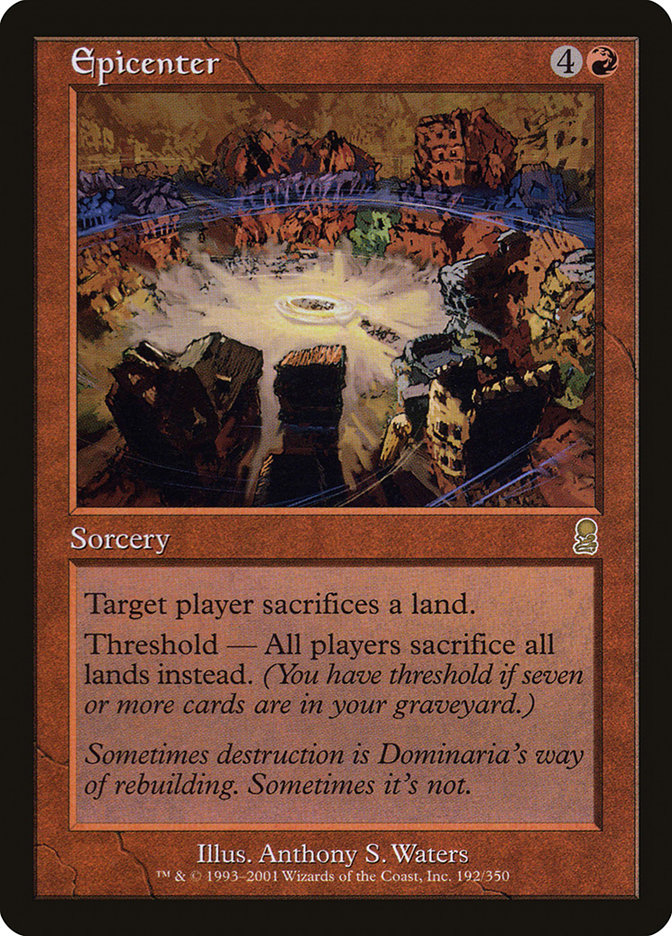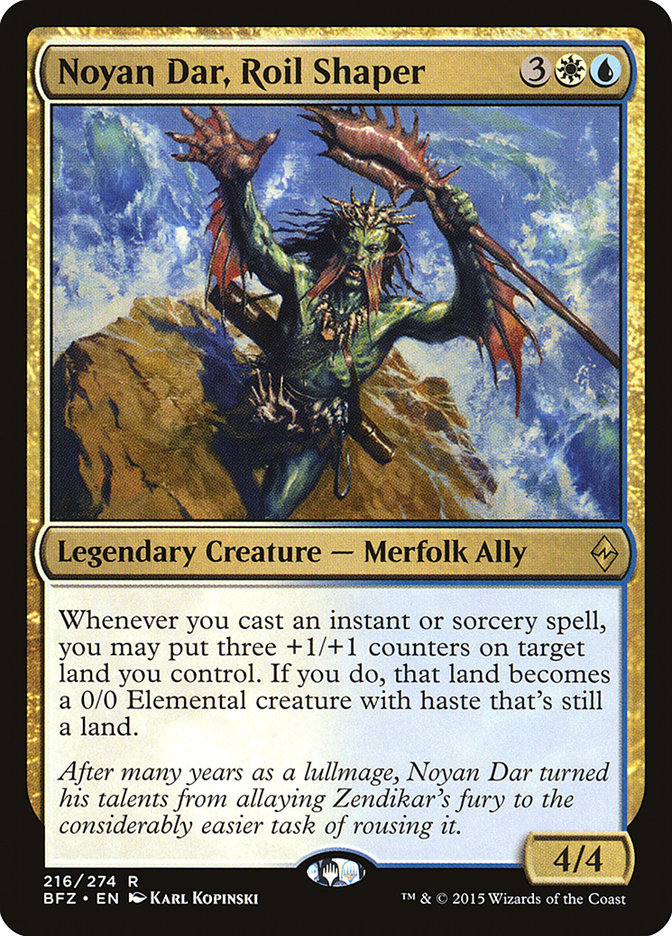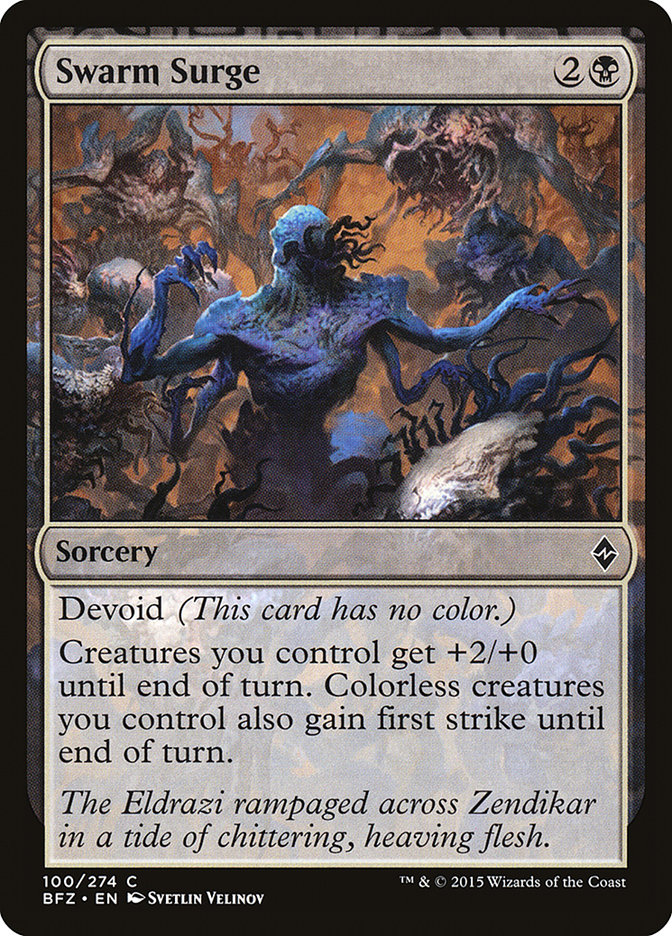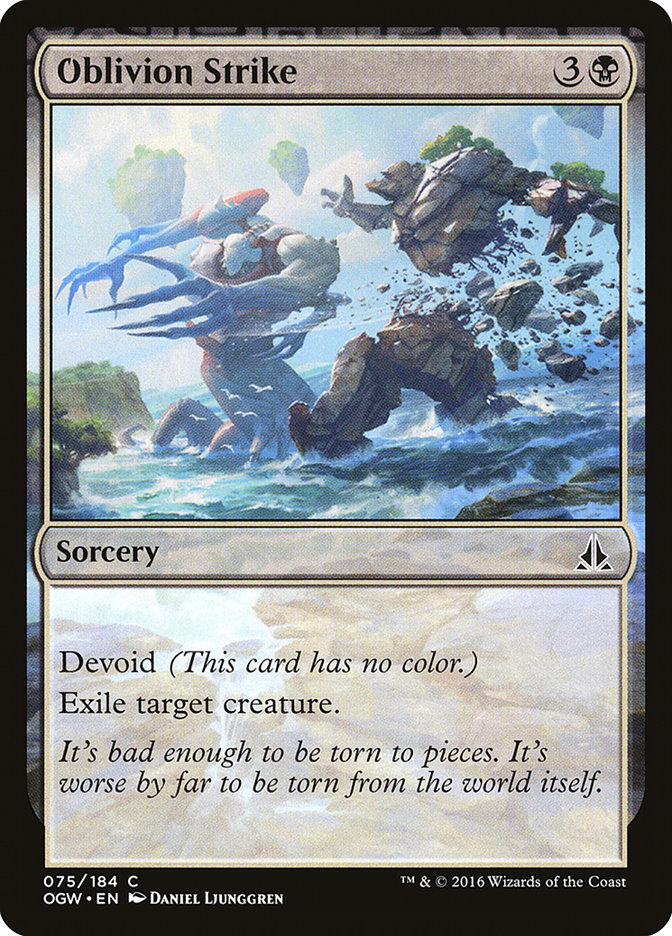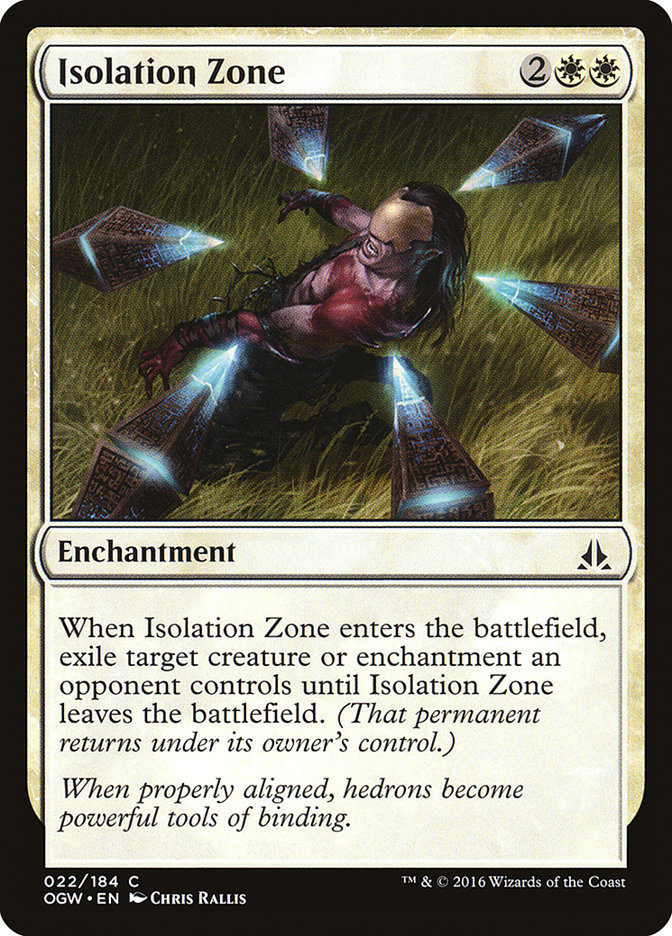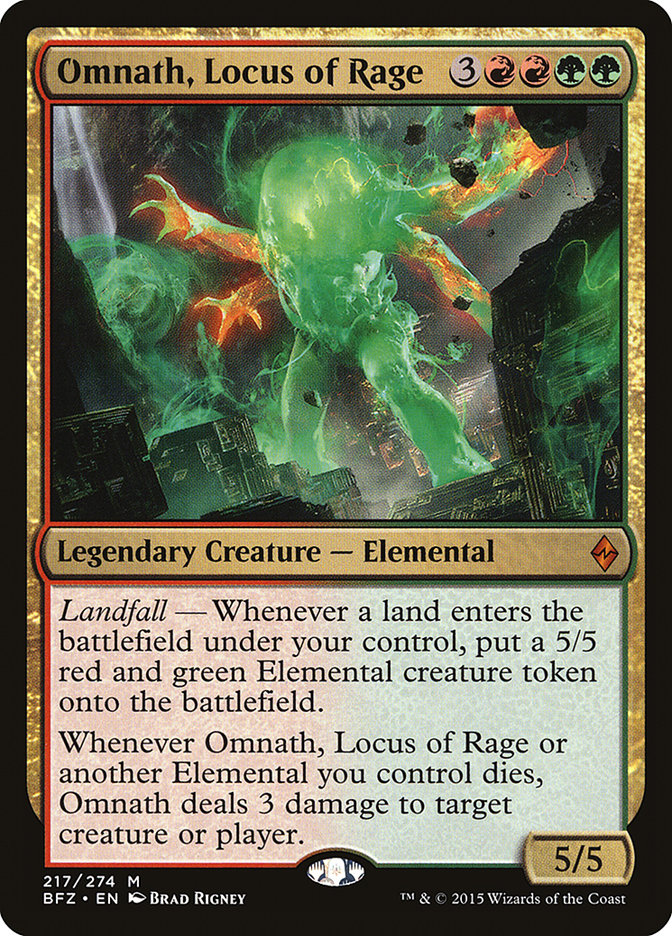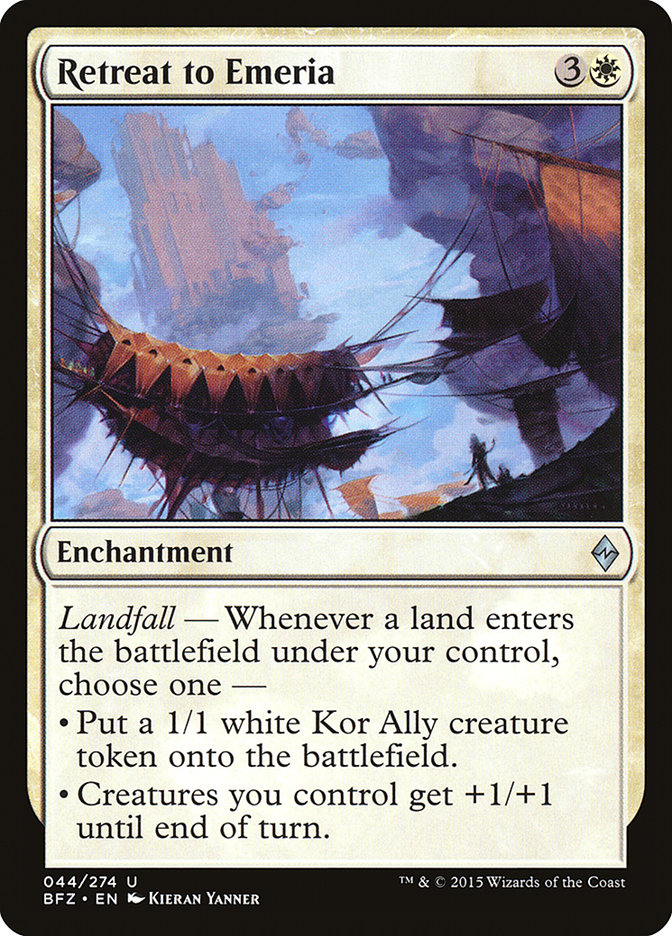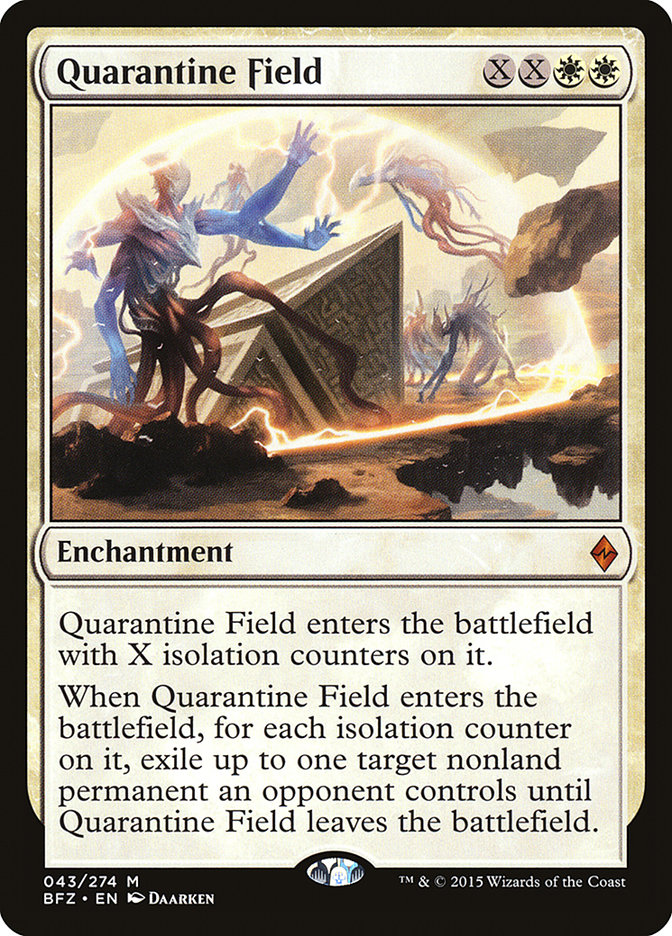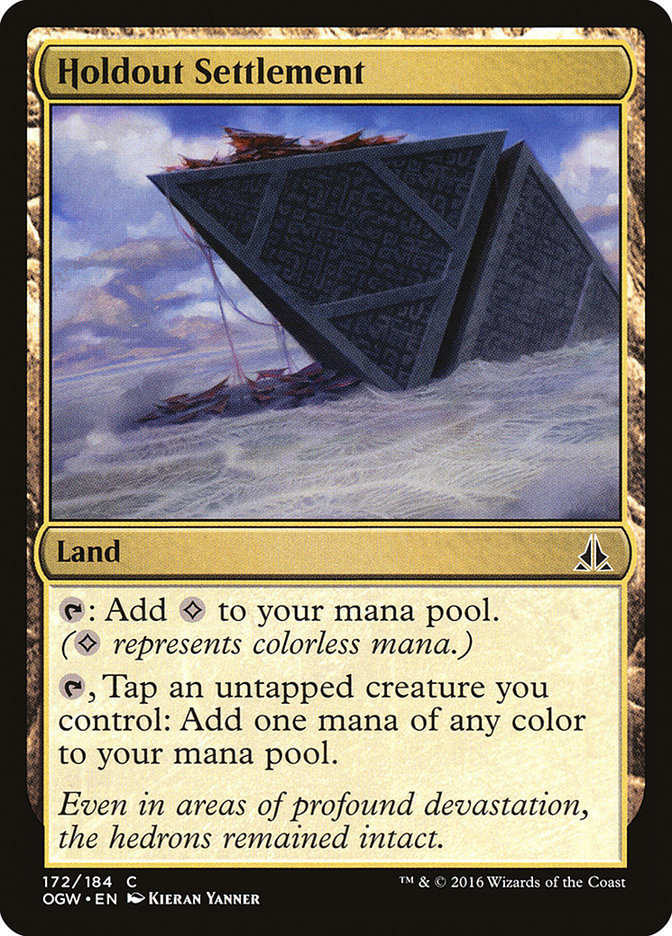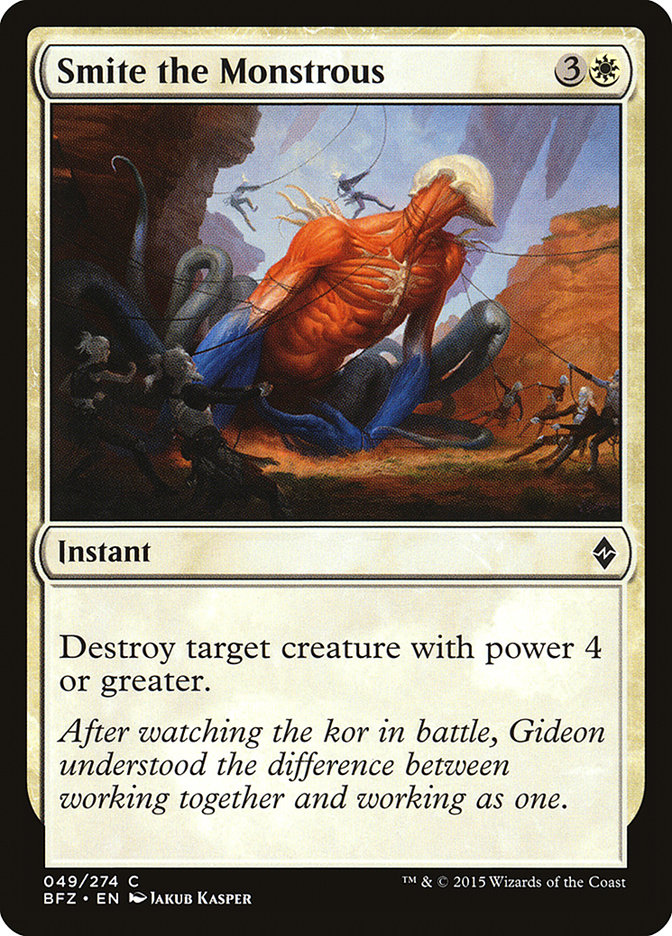I must say, I haven’t been as excited for a Magic tournament as I am for #GPDC in a long time. Team Sealed, in my opinion, is the most fun you can have in tournament Magic. We get to sit down with two good friends and enjoy the game we love. Team Magic, despite being the most fun, is also one of the most complicated forms of Magic because of the added element of teamwork. We have to learn to work together as a unit and solve a series of puzzles to give the team, as a unit, the best chance to win. I have had the opportunity to play in an extremely high percentage of the highest-level Team Limited events, and it’s the format I am most confident playing. Let me go over a few things I’ve learned throughout the years.
Picking Your Team
I can’t stress enough how important it is to pick teammates you will have fun with. The best part of team tournaments is the camaraderie. We win together, we lose together. Trying to pick your team specifically for perceived play skill is usually a mistake. Working together is of utmost important in Team Sealed, so a team should have no personality conflicts.
Who Sits Where?
In general, you should have the person who plays or processes information the most quickly in the middle.
If there happen to be two players at this level on the team, they should be on the flanks to help the third player. Some players like to ask for a lot of advice. This is another good person to put in the middle. They will have two people to ask instead of just one, giving them a better opportunity to communicate. There are a bunch of different reasons to put anyone in a given seat. Whatever you think the best reason for a certain player to be in a certain seat is, is a good enough reason to do so.
Practice!
Practicing for a Team Sealed event can be difficult, but with new tools it’s become a little easier. It’s not always easy to get another team together to practice Team Sealed. If you can get some people together with their teams and yours, this is the best way to practice. This usually isn’t easy in my experience, especially because I don’t always team with people who live in the same area as I do. Luckily, the internet is flooded with Sealed Deck generators we can use to generate a plethora of practice pools. Personally I like to get my team together on Skype, screen share, generate a few of these pools, save them to my computer, import them, and build them with each other on Magic Online.
This gives us an opportunity to evaluate the format as a whole and potentially find trends. I usually don’t play matches, but you can even go ahead and play matches against another team this way, or against each other with different pools or different decks from the same pool. You can learn a lot in the games, so it is extremely useful to play games if you can.
When I initially begin practicing, I notice some teams like to time themselves to make sure they can build in the allotted time of the tournament. Don’t do this. Just take your time and talk through things. Take as much time as you’d like. After a few practice runs, if you want to time yourself, go for it. There is a learning curve with building decks. The reason you’re practicing is to learn, and you should try to learn as much as you can. After some practice, you will understand how to build quickly enough and it shouldn’t be too much of an issue. Make sure you do pay attention to the clock in the actual event, however; sometimes the clock can sneak up on you.
Building Your Decks
The main focus of deckbuilding is maximizing wins for the team. Sounds simple, yet some people have difficulty understanding this concept. People focus on personal records, their own personal deck, and teammates fight over powerful cards when sharing colors. It’s really important to separate yourself from your personal deck and result. The easiest ways to prevent bias for putting certain cards in certain places is to not choose a deck or color or anything like that until deck construction is over or close to over. Randomize the decks if you have to. Whatever makes it so the decks won’t suffer as a result of personal goals.
I would highly suggest you leave a few minutes for each player to build their own personal deck for the last few card choices. In Limited, it’s usually difficult to determine what the last one or two cards should be in a deck. Honestly, there is no exact science on which of these last few cards should be put in the starting lineup. In general I like to try and shore up a weakness my deck may have with these last slots if possible, such as putting a Giant Mantis in my deck if it’s especially weak to flying creatures.
Sometimes it’s a little less clear, so let each player personalize their own deck within reason. This enables each individual to feel comfortable with the deck they register.
When we first open our pools, we should quickly sort the colors, remove cards we deem unplayable, and try to ask and answer a few questions. What is our weakest color, our strongest color, and our deepest color? Strongest and deepest aren’t always the same. We should be browsing our lands and gold cards to see if there are any strong incentives to build certain color combinations specifically. If we open two Reflector Mages, a Roil Spout, and a Noyan Dar, Roil Shaper, we should probably be looking to build a U/W deck.
Such cards are of high quality and we should try to always maximize playing the high-quality cards our Sealed pools give us. Ideally we want to build two-color decks, but occasionally we will splash a color for a powerful card. This happens less often in Team Sealed because we usually play every color, so most bombs will usually have a home. We most often splash in Team Sealed for powerful gold cards that don’t share a color combination with the decks we’ve chosen to play.
In Battle for Zendikar we also have converge cards that are best suited as splashes, or in decks with our colorless lands that produce any colored mana, such as Unknown Shores. When we identify our deepest color, there are a couple of directions we can go with it. We can build a single deck that is made up of mostly that color (sometimes all), and only splashing another, or we can try to divide this color among two decks so that all three of our decks are basically two colors.
This isn’t always the best way to build your deck but it’s a good starting point. This format’s synergies have it so there are some different strategies within colors, such as Allies and devoid. Even though cards share a color, they may not share a specific strategy, making it easy to separate colors into subsections.
It’s important to acknowledge the synergies in our Sealed Deck pool. For instance, did we get enough ingest creatures, exile effects, and processing to build a deck around this theme? Did we get enough Allies to build an Ally deck? Do we have enough token makers to take advantage of these two Swarm Surges? When we think we have found a good direction for a deck or two, we should start to put together these decks to create a picture. We should try to figure out what works and what doesn’t, dismiss what doesn’t, and move on to another option.
It’s important to try to explore as many combinations of decks as we can, and if it helps to take a note as to which combinations you’ve liked best when you start to build another iteration of decks. A big part of synergy in any format lies in the keywords and abilities each set gives us. Sometimes a bunch of weaker cards combine together to be a lot more powerful.
Take, for instance, an example of a B/R devoid deck. Sky Scourer, Nettle Drone, Flayer Drone, and Molten Nursery are all powerful together in a deck entirely filled with colorless spells. We can get a lot more mileage out of these cards just by focusing in on this specific strategy. This allows us to get a lot of value out of some weaker cards in our pool and creating a good deck out of what could otherwise be scraps.
It’s important in Limited to be able to cast spells on most turns of the game. We don’t have a deck full of two-for-ones like we may in Constructed, so it’s important to not fall too far behind. For this reason we need to make sure we line up our colors so that the cards we’re playing create a reasonable mana curve of spells. Sometimes it doesn’t make sense to put colors together strictly because the mana curve we happened to open just doesn’t fit. B/W Allies decks tend to be heavy with four-drops because of cards like Zulaport Chainmage, Spawnbinder Mage, Oblivion Strike, and Isolation Zone.
If this occurs, try building a new set of decks and see if that resolves the problem. It’s also possible we just need to give some of the four-drops in our deck to a deck sharing a color. Maybe the U/B deck can use the Oblivion Strike instead to lower the curve of our B/W deck.
Not every Sealed pool is perfect, so focus on minimizing the weakness each deck has. Just because you have a really good B/R devoid deck, for instance, doesn’t mean it’s the correct build for the pool. It may be using too many of the pool’s removal spells. In this case, we may need to break up B/R and spread the removal spells out among the other colors to fill their weaknesses. Spreading out the power level is often correct in these situations to insure we have a balanced set of decks.
This brings me to the point about the importance of removal spells, or answers for bombs in general, in Team Sealed Deck. Everybody is going to have bombs in their pools. You’re very likely to play against powerful rares in every game you play, so it’s important to have the ability to remove them before they take over the game. For this reason we have to spread out our removal among all three decks, but also the right kinds of removal. If my B/R devoid deck has three Complete Disregard and two Touch of the Void, it will be really well-suited to deal with opposing three-power and three-toughness creatures. What about our opponent’s Omnath, Locus of Rage, though?
We need to build our decks with these situations in mind, because your opponent is far more likely to have a difficult-to-beat rare or mythic rare than usual. So if we have two black decks and we open two Complete Disregards and three Oblivion Strikes, we should separate them in a balanced manner, especially if our other colors don’t supplement this removal. If we have a B/W deck with two Isolation Zones, we’re better suited sending those Oblivion Strikes to our devoid B/R or U/B deck.
Sometimes we are offered up pools without enough hard removal, so we have to find more creative ways to beat powerful rares. Counterspells and discard effects are efficient against some of these higher-casting-cost bombs.
Discard effects like Mire’s Malice and Witness the End have the added benefit of getting your opponent to discard lands that they may need to cast that Ulamog, the Ceaseless Hunger they have in their deck. Even if you don’t hit the bomb itself, you can deplete their resources to a point they can’t cast some of these higher-cost spells later in the game when they draw them. These are great times to sideboard in discard spells if you haven’t already included them in your deck.
Counterspells are best used when you have other instants in your deck. Otherwise it can be quite obvious when you are holding up mana every turn waiting for them to cast a bomb, only to have lost mana for several turns, putting you too far behind in the game. Discard spells have the drawback of being bad topdecks late in the game, because aware opponents will usually hold excess lands in their hand later in the game to use as discard fodder or just to cast whatever they draw off the top of their deck, never really giving you an opportunity to get any value out of them. For these reasons, it’s important to not flood your deck with these effects and relegate some to the sideboard for the circumstances in which they are most effective.
Building the Sideboards
This brings me to building the sideboards of our decks. It’s important that we think about the context of the format we’re playing and have some niche cards in our sideboard for certain situations. This format has some really powerful enchantments that we have to remove, such as Quarantine Field, Retreat to Emeria, From Beyond, and Isolation Zone, to name a few.
Make sure to separate your enchantment removal so that everyone who can have access to some, does in fact have some. If you have a Felidar Cub and your team has both a B/W Ally deck and a G/W support deck that happens to have an Isolation Zone in it, your B/W Ally deck should get the Felidar Cub in the sideboard.
With the kinds of lands we have in this format, you should pay attention to potentially fringe sideboard cards, such as Boiling Earth being in the sideboard of a non-red deck. Let’s say your U/B deck seems have a weakness to token decks going wide because it has a lot of targeted spot removal, a slow clock, and not many creatures. Your U/B deck requires you to have an Unknown Shores and a pair of Holdout Settlement in your deck to activate your two Blinding Drones and cast your Thought-Knot Seer.
It would be wise to put the Boiling Earth in this deck’s sideboard to sure up this issue, and it’s also quite easy to cast. The same is true for a card like Natural State. Our G/W deck already has an Isolation Zone and a Felidar Cub in the sideboard; that’s quite enough to destroy the few problem enchantments in the format. When is Natural State going to be good anyway? Well, most specifically, I’d bring it in against a Quarantine Field. So maybe we put it in our U/B sideboard because we have several lands that can cast it anyway. Scour from Existence, for instance, is a catchall card that is way too expensive for its actual effect. However it may be important to put it in a deck or sideboard that is really desperate for a removal spell for a bomb.
Oh look! We opened three Smite the Monstrous and our only white deck already has two Isolation Zones. Maybe we should put the third Smite the Monstrous in our B/G deck’s sideboard that is light on removal? If you have enough time in deckbuilding, you should focus on problems and see if you have the tools to come up with the solutions. These are the types of things to think about when building sideboards for Team Sealed. Don’t just put all the colored cards in one sideboard because they happen to share a color.
Playing the Games
Now it’s time to play. Don’t be afraid to communicate with each other, but also understand that it’s more difficult for your teammate to get context in a game if they’ve been playing their own. If you ask a teammate a question, try to give them context or figure out if you have enough information to make the decision on your own. Too often you will ask your teammate about a play while they are playing a game. They look over, make a decision without a key piece of information, and give an uninformed opinion on a play that turns out to be incorrect because they lacked that information.
The more you communicate with your teammates, the more information you’re going to give away to your opponents as well. I still think it’s important to communicate, but make sure the communication is worth the cost.
If someone makes a mistake on your team, do your best to reassure them. We all make mistakes, and we make them often. Getting upset about it will only discourage your teammates and make it a worse time for everyone. Be supportive of your team and do your best to work together.
Team Limited events are easily my favorite events. If you’re considering going to one or have never been, I highly suggest you do. Magic is a game that is intended to be played among friends and #GPDC is a great opportunity to play the most exciting form of competitive Magic we have. See you there!


